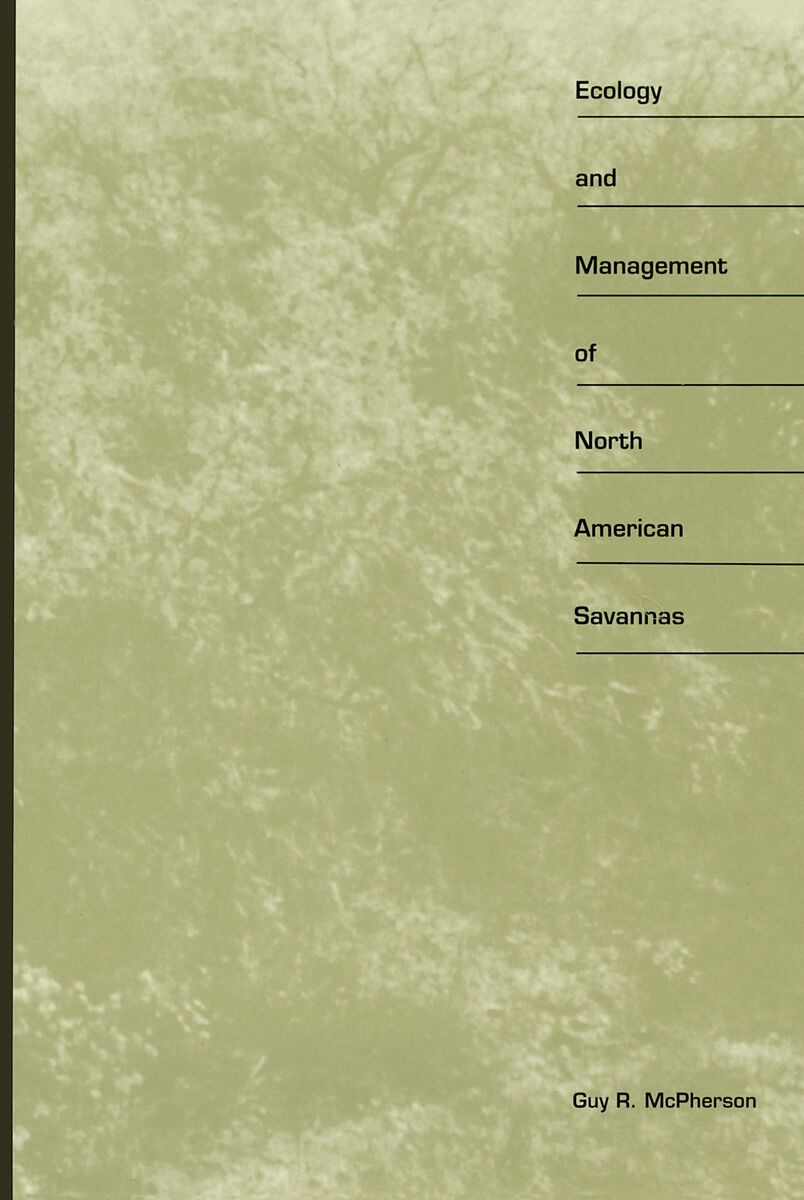Ecology and Management of North American Savannas
University of Arizona Press, 1997
Cloth: 978-0-8165-1624-7 | eISBN: 978-0-8165-5243-6 (standard)
Library of Congress Classification QH102.M36 1997
Dewey Decimal Classification 577.48094
Cloth: 978-0-8165-1624-7 | eISBN: 978-0-8165-5243-6 (standard)
Library of Congress Classification QH102.M36 1997
Dewey Decimal Classification 577.48094
ABOUT THIS BOOK | AUTHOR BIOGRAPHY | TOC
ABOUT THIS BOOK
Savannas are ecosytems with a continuous grass layer and scattered trees or shrubs. These lands occupy nearly a third of the earth’s land surface and are an important resource not only in world economies but also as repositories of biodiversity. Because savannas are generally thought of as tropical ecosystems, most reviews of the literature have tended to disregard savannas found in temperate zones. Yet these ecosystems are both extensive and diverse in North America, ranging from longleaf pine habitats along the Atlantic coastal plain to xeric piñon-juniper communities of the Great Basin-ecosystems seemingly disparate, yet similar enough to merit study as savannas. This book provides an overview of the patterns and processes shared by these ecosystems and offers substantive ideas regarding future management and research efforts. It describes the composition geographic distribution, climate, soils, and uses of savannas throughout North America, summarizing and integrating a wide array of literature. While discussing these ecological patterns and processes. McPherson develops a framework for implementing management practices and safeguarding the future of these important wildland ecosystems. Ecology and Management of North American Savannas takes a major step toward establishing the science of savanna ecology for North America. It encourages constructive debate and relevant research on these important systems and will also serve as a useful resource in biogeography, plant ecology, and rangeland management.
See other books on: Management | McPherson, Guy R. | Range management | Savanna ecology | Savannas
See other titles from University of Arizona Press






























